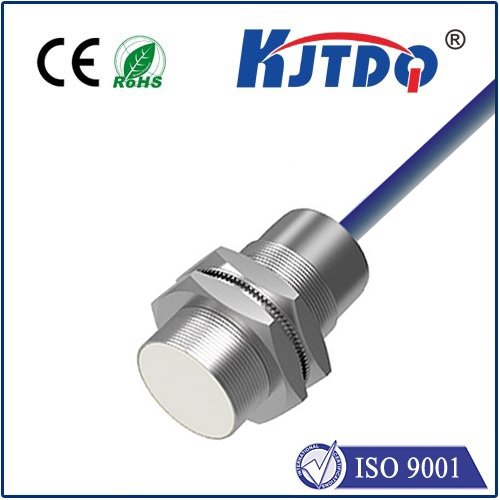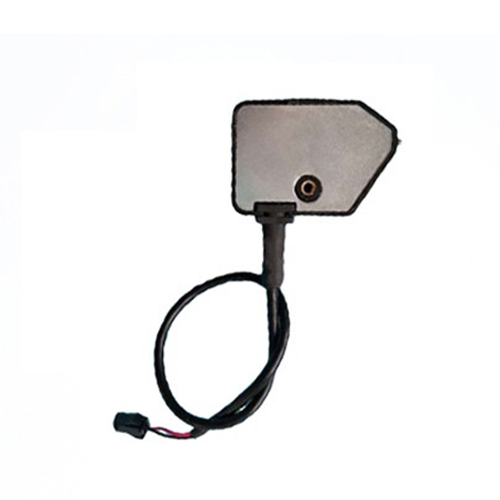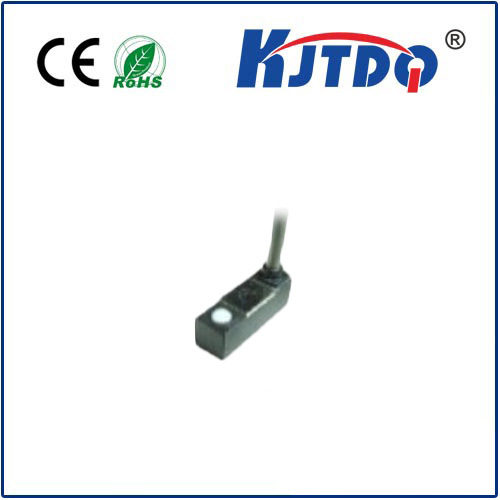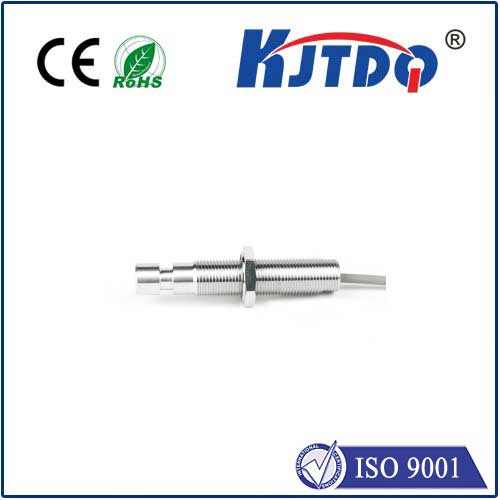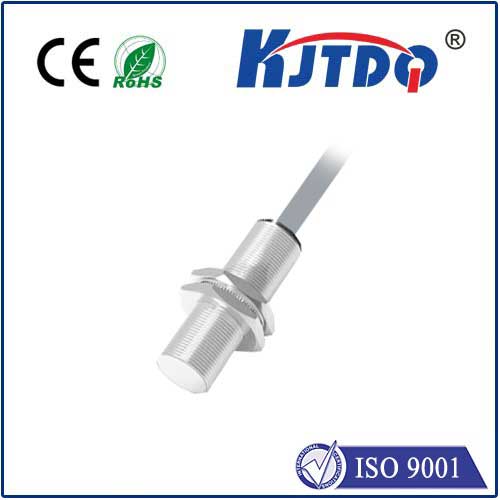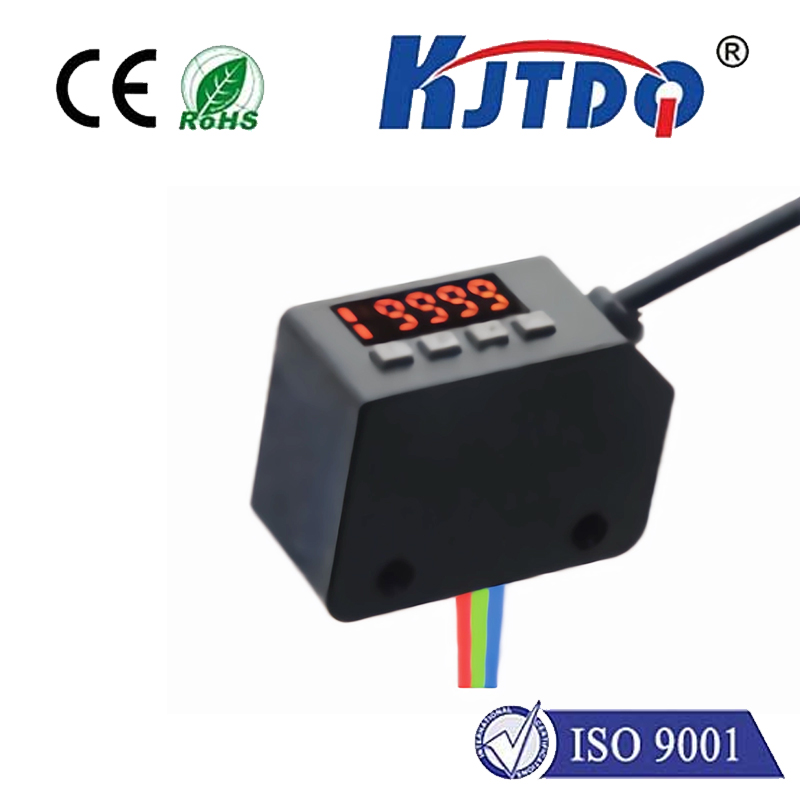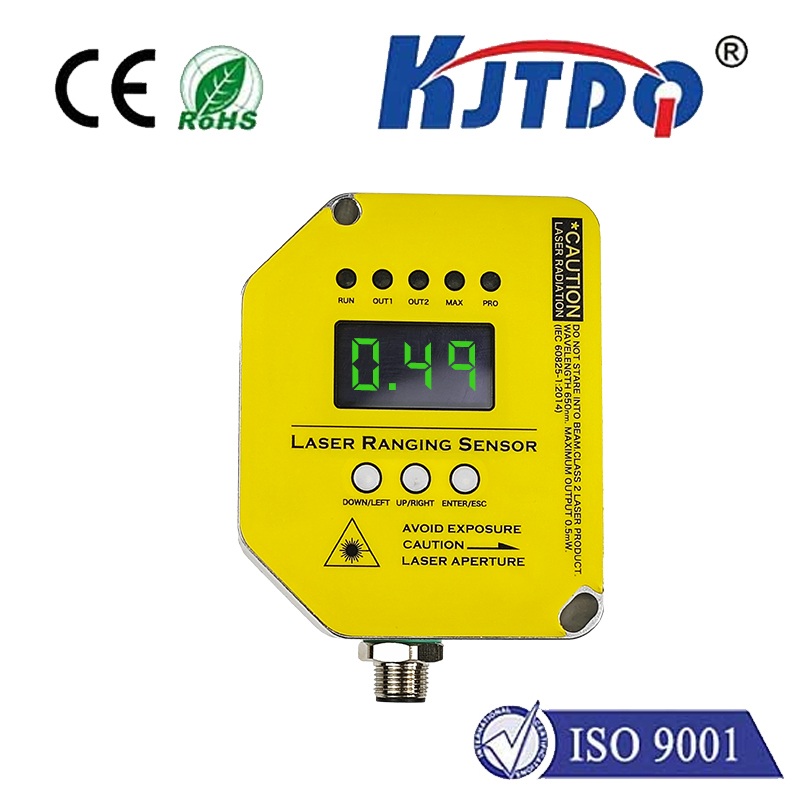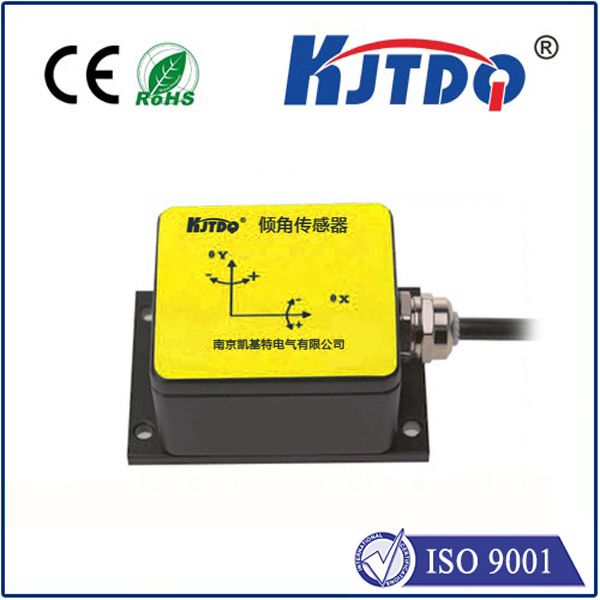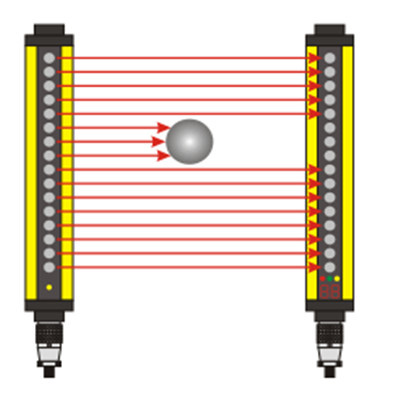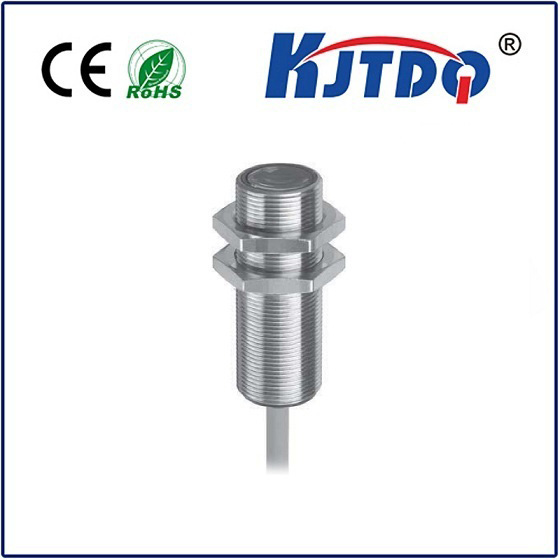24 GHz Doppler Radar Sensor: Enhancing Precision in Modern Automation and Safety Systems
In today’s rapidly evolving industrial and technological landscape, precision and reliability are paramount. One of the most critical components in modern automation and safety systems is the 24 GHz Doppler Radar Sensor, a cutting-edge technology that plays a vital role in monitoring and detecting objects in real-time. This article explores the fundamentals of the 24 GHz Doppler radar sensor, its applications, and its significance in various industries.
The 24 GHz Doppler radar sensor operates in the 24 gigahertz (GHz) frequency range, a high-frequency band that provides superior resolution and sensitivity. Unlike traditional radar systems, which often rely on lower frequencies, the 24 GHz Doppler radar sensor offers enhanced detection capabilities, making it ideal for applications where precision is essential. The Doppler effect, which describes the change in frequency of waves in response to the movement of the source or observer, is the key principle behind this technology. As objects move relative to the radar, the frequency of the emitted signals changes, allowing the system to detect and measure the speed and direction of the object.

This high-frequency operation enables the sensor to detect even small movements, making it particularly useful in environments where accuracy is crucial. Whether it’s monitoring the movement of vehicles, detecting the presence of objects in a factory, or ensuring safe navigation in autonomous systems, the 24 GHz Doppler radar sensor is a versatile tool.
One of the most significant applications of this technology is in automotive and transportation sectors. In autonomous vehicles, the 24 GHz Doppler radar sensor is used to detect other vehicles, pedestrians, and obstacles in real time, enhancing safety and improving overall performance. Additionally, in smart city infrastructure, these sensors are employed to monitor traffic flow, detect anomalies, and support urban planning efforts. The ability to detect movement with high accuracy makes the 24 GHz Doppler radar sensor an invaluable asset in these fields.
Another key application lies in industrial automation. In manufacturing and logistics, the sensor is used to monitor the movement of goods, track equipment, and ensure seamless operations. Its high sensitivity and precision allow for the detection of even minor movements, which is critical in maintaining the efficiency and safety of industrial processes.
Beyond its practical applications, the 24 GHz Doppler radar sensor also plays a role in security and surveillance systems. It is used in motion detection systems, perimeter monitoring, and environmental monitoring, offering a reliable and accurate means of detecting movement and changes in the environment.
The 24 GHz Doppler radar sensor is not only a technological marvel but also a practical solution to many real-world challenges. Its high-frequency operation, combined with the Doppler effect, allows for precise and reliable detection, making it a preferred choice in a variety of applications. As industries continue to evolve, the demand for such advanced technologies will only increase, underscoring the importance of the 24 GHz Doppler radar sensor in modern automation and safety systems.
In conclusion, the 24 GHz Doppler radar sensor represents a significant advancement in technology, offering unparalleled precision and reliability in a wide range of applications. Its integration into modern systems ensures that industries can operate more efficiently, safely, and effectively. As technology continues to progress, the role of such sensors will become even more critical, driving innovation and improvement in various sectors.
